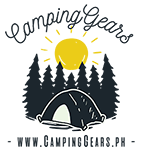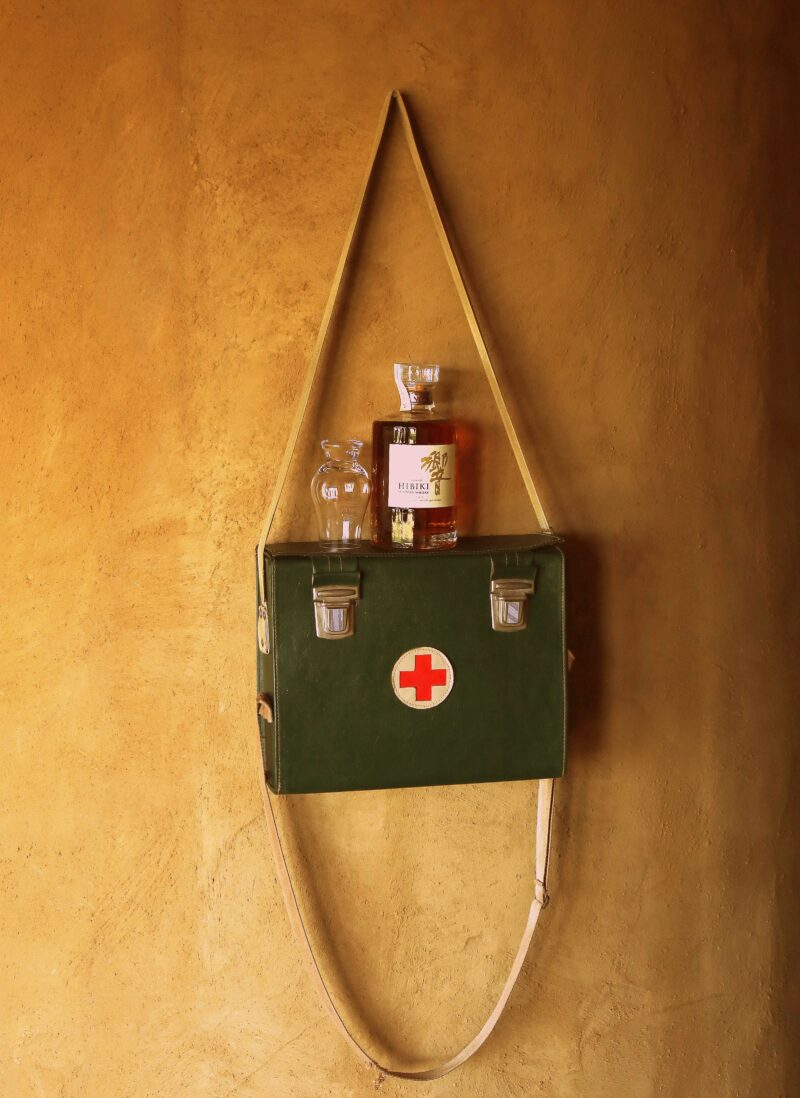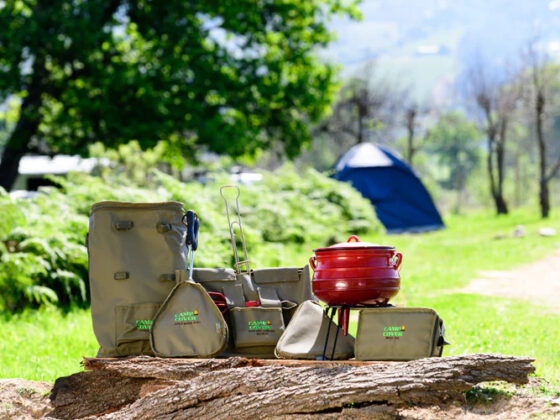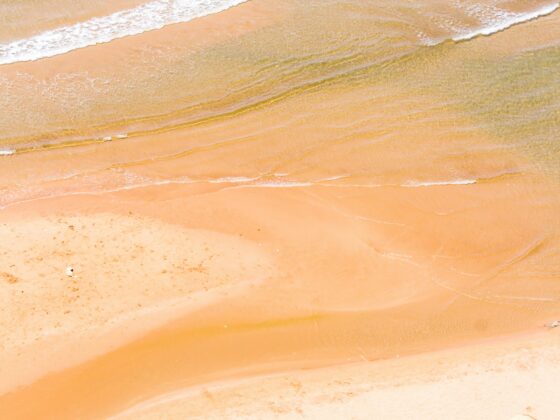When you venture into the wilderness, there are two things to remember. First, having the right gear, including a heavy-duty tent, is crucial to ensure your comfort and safety during your family road trip. Second, it’s also vital to have the skills and knowledge to handle medical emergencies that may arise. That’s where wilderness medicine comes in. This specialized form of first aid equips outdoor enthusiasts like you with the necessary know-how to confront medical crises in remote and challenging environments.
This article will explore the essential first-aid skills every outdoor enthusiast should possess. From treating common injuries like sprains and fractures to managing more serious conditions such as heat stroke and hypothermia, we will provide the information you need to stay safe and secure during outdoor adventures.
Whether you’re an avid hiker, camper, or climber, being well-versed in wilderness medicine can mean the difference between life and death in emergencies. So, join us as we delve into this vital field and uncover the key first-aid skills that will empower you to embrace the great outdoors confidently.
Importance of first aid skills in the wilderness
When exploring the great outdoors, having first aid skills becomes even more important because you are often far from medical help. Accidents can happen in the wilderness, and being able to provide immediate care can make a huge difference in the outcome. Wilderness first aid skills enable you to stabilize a patient, prevent further injury, and increase their chances of survival until professional help arrives.
One crucial aspect of wilderness first aid is assessing the situation and making quick decisions. Unlike in urban areas, where emergency services are readily available, you rely on your skills and resources in the wilderness to handle medical emergencies. This requires a calm and composed mindset and knowledge of basic first-aid techniques that can save lives. Wilderness first aid skills are valuable for your safety and the well-being of fellow adventurers you may encounter on your journey.
Knowing how to provide first aid in the wilderness allows you to enjoy your outdoor activities with peace of mind. Knowing that you can handle injuries and illnesses that may occur gives you the confidence to explore remote locations and engage in more challenging outdoor pursuits. By acquiring these skills, you become a responsible outdoor enthusiast, ensuring your safety and that of those around you.
Common wilderness injuries and illnesses
In the wilderness, there are certain injuries and illnesses that outdoor enthusiasts are more prone to. Understanding these common conditions and how to treat them is essential for anyone venturing into the great outdoors.
Sprains and fractures are among the most common injuries encountered in the wilderness. Whether it’s a twisted ankle from uneven terrain or a broken bone from a fall, knowing how to immobilize and stabilize these injuries can prevent further damage and relieve the injured person. Additionally, identifying and treating blisters, cuts, and burns is crucial, as these minor injuries can quickly escalate if not properly addressed.
Heat stroke and hypothermia are serious conditions that can occur in extreme weather conditions. Heat stroke, caused by prolonged exposure to high temperatures, can be life-threatening if not treated promptly. Hypothermia, which results from prolonged exposure to cold temperatures, can lead to a drop in body temperature and can be equally dangerous. Understanding the symptoms and managing these conditions can save lives in remote wilderness locations.
Other common wilderness injuries and illnesses include insect bites and stings, allergic reactions, dehydration, and altitude sickness. Each condition requires specific knowledge and techniques for effective treatment. By familiarizing yourself with these potential health risks and knowing how to respond, you can ensure a safer and more enjoyable outdoor experience.
Basic first aid techniques for outdoor enthusiasts
As an outdoor enthusiast, it’s essential to have a good understanding of basic first aid techniques. These skills can be invaluable when faced with medical emergencies in the wilderness. Here are some fundamental techniques that every outdoor enthusiast should be familiar with:
1. CPR and AED
Cardiopulmonary resuscitation (CPR) is a life-saving technique used to revive a person who has stopped breathing or whose heart has stopped. Knowing how to perform CPR can be critical in emergency situations. Additionally, learning how to use an automated external defibrillator (AED) can help restore a person’s heartbeat if they are experiencing cardiac arrest.
2. Wound cleaning and bandaging
Injuries that break the skin are common in the wilderness. Proper wound cleaning to prevent infection and appropriate bandaging can help promote healing and prevent further complications.
3. Splinting and immobilization
In cases of fractures or sprains, being able to immobilize the injured area using makeshift splints can help reduce pain and prevent further damage. Knowing how to create and apply splints using available resources in the wilderness is a valuable skill.
4. Managing allergic reactions
Allergic reactions to insect bites or certain plants can range from mild discomfort to life-threatening situations. Understanding how to identify and manage allergic reactions, including administering epinephrine if necessary, can be life-saving.
5. Handling burns
Burns can occur from campfires, cooking accidents, or contact with hot surfaces. Knowing how to assess the severity of a burn and provide appropriate first aid, such as cooling the burn and applying sterile dressings, is crucial for minimizing pain and preventing infection.
By mastering these basic first-aid techniques, you’ll be well-equipped to handle various medical emergencies that may arise during your outdoor adventures.
Wilderness first aid kits and supplies
A well-stocked first aid kit is essential when you venture into the wilderness. A wilderness first aid kit should contain the necessary supplies to treat common injuries and illnesses. Here are some key items to include in your kit:
• Bandages and dressings
To treat cuts, blisters, and wounds, various sizes of adhesive bandages, sterile gauze pads, and adhesive tape should be included.
• Antiseptic solutions
Antiseptic wipes or solutions are crucial for cleaning wounds and preventing infection in the wilderness.
• Pain relievers and anti-inflammatory medication
Over-the-counter pain relievers and anti-inflammatory medications can relieve minor aches, pains, and sprains.
• Medications for allergies and chronic conditions
If you have allergies or chronic conditions, it’s important to carry the necessary medications with you. These may include antihistamines, epinephrine auto-injectors, or asthma inhalers.
• Thermometer and cold packs
A thermometer helps monitor body temperature, especially in heat stroke or hypothermia cases. Cold packs can provide relief from swelling or reduce body temperature in case of heat-related illnesses.
• Splints and bandages for immobilization
Including materials for splinting, such as SAM splints or rolled-up newspapers, can be useful for stabilizing fractures or sprains.
• Emergency blanket and whistle
An emergency blanket can help prevent hypothermia, while a whistle can signal for help in an emergency.
Remember to regularly check and replenish your first aid kit to ensure that all supplies are up to date and in good condition. Additionally, familiarize yourself with the contents of your kit and how to use them effectively. When preparing your wilderness first aid kit, visit an outdoor store to purchase essential supplies such as bandages, antiseptic solutions, and pain relievers.
Wilderness survival skills for medical emergencies
In the wilderness, medical emergencies can occur in remote areas where access to medical help is limited or non-existent. In such situations, having wilderness survival skills can greatly increase your chances of survival and successful rescue. Here are some important wilderness survival skills to consider:
1. Navigation
Knowing how to use a map and compass and having basic orienteering skills can help you find your way back to safety or guide rescuers to your location.
2. Shelter building
Being able to construct a shelter using natural materials can protect you from the elements and help maintain your body temperature in case of extreme weather conditions or injuries that prevent you from moving.
3. Fire building
Fire can provide warmth, cook food, and serve as a signal for rescue. Knowing how to build and maintain a fire safely can be a lifesaving skill in the wilderness.
4. Water sourcing and purification
Access to clean drinking water is crucial for survival. Knowing how to locate and collect water from natural sources and purify it using filtration or purification tablets can prevent dehydration and waterborne illnesses.
5. Signaling for help
In case of an emergency, being able to signal for help effectively is essential. This can include using a whistle, mirror, or flashlight to attract attention.
6. Basic wilderness first aid techniques
Besides wilderness survival skills, having a solid foundation in basic first aid techniques is crucial. This includes knowing how to assess and treat injuries, manage pain, and stabilize a patient until help arrives.
By developing these wilderness survival skills, you’ll be better prepared to handle medical emergencies in remote locations, increasing your chances of survival and successful rescue. Don’t forget to pack essential camping gear like a heavy-duty tent, which can provide shelter and protection in the wilderness.
Advanced wilderness medical techniques
While basic first aid skills are essential for every outdoor enthusiast, there may be situations where more advanced medical techniques are required. In such cases, having additional knowledge and training can make a significant difference in the outcome. Here are some advanced wilderness medical techniques to consider:
• Wilderness wound care
In the wilderness, wound care may require more advanced techniques due to limited resources and the potential for infection. This may include methods such as irrigation, debridement, and wound closure using improvised sutures.
• Improvised splinting and traction
In situations where professional medical help is not immediately available, knowing how to improvise splints and apply traction can be crucial for stabilizing fractures and preventing further damage.
• Improvised airway management
In cases of severe trauma or respiratory distress, advanced airway management techniques may be necessary. This can include techniques such as improvised cricothyrotomy or using available resources to secure an airway.
• Improvised pain management
When pain relief medications are not readily available, knowing how to manage pain using non-pharmacological techniques can be valuable. This may include distraction techniques, positioning, or the use of cold or warm compresses.
• Improvised medical devices
Due to limited resources, improvisation is often required in the wilderness. Knowing how to create and use improvised medical devices, such as cervical collars or tourniquets, can be life-saving in certain situations.
It’s important to note that advanced wilderness medical techniques require additional training and expertise. To enhance your skills and knowledge in these areas, consider enrolling in specialized wilderness medicine courses or obtaining certifications.
Conclusion
In conclusion, wilderness medicine is a vital field that equips outdoor enthusiasts with the necessary skills and knowledge to handle medical emergencies in remote and challenging environments. Whether you’re an avid hiker, camper, or climber, being well-versed in wilderness first aid can mean the difference between life and death in emergency situations.
Remember, being prepared is key when venturing into the wilderness. By acquiring the necessary first aid skills and knowledge, you can confidently embrace the great outdoors, knowing that you can handle medical emergencies and ensure your safety and that of others. Ensure you’re equipped with essential gear with the help of a camping gear guide to ensure a safe and enjoyable outdoor experience.
So, before you embark on your next adventure, take the time to educate yourself in wilderness medicine. Your preparedness may save a life and allow you to enjoy the beauty and excitement of the great outdoors fully. Stay safe, stay prepared, and happy exploring!



